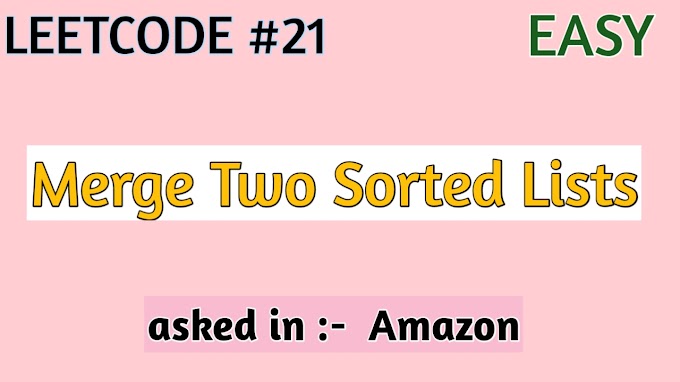Greedy algorithms produce good solutions on some mathematical problems, but not on others. Most problems for which they work will have two properties:
- Greedy choice property
- We can make whatever choice seems best at the moment and then solve the subproblems that arise later. The choice made by a greedy algorithm may depend on choices made so far, but not on future choices or all the solutions to the subproblem. It iteratively makes one greedy choice after another, reducing each given problem into a smaller one. In other words, a greedy algorithm never reconsiders its choices. This is the main difference from dynamic programming, which is exhaustive and is guaranteed to find the solution. After every stage, dynamic programming makes decisions based on all the decisions made in the previous stage, and may reconsider the previous stage's algorithmic path to solution.
- Optimal substructure
- "A problem exhibits optimal substructure if an optimal solution to the problem contains optimal solutions to the sub-problems."[2]




0 Comments